Filter by

Constructions
In this series of overlapping essays on architecture and art, JohnRajchman attempts to do theory in a new way that takes off from the philosophy of the late Gilles Deleuze. foreword by Paul Virilio. In this series of overlapping essays on architecture and art, John Rajchman attempts to do theory in a new way that takes off from the philosophy of the late Gilles Deleuze. Starting from notions…
- Edition
- -
- ISBN/ISSN
- 9780262286879
- Collation
- -
- Series Title
- -
- Call Number
- -
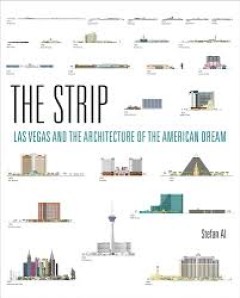
The Strip: Las Vegas and the Architecture of the American Dream
Maps showing the Las Vegas Strip over time on front and back endpapers."The Las Vegas Strip has impersonated the Wild West, with saloon doors and wagon wheels; it has decked itself out in midcentury modern sleekness. It has illuminated itself with twenty-story-high neon signs, then junked them. After that came Disney-like theme parks featuring castles and pirates, followed by replicas of Veneti…
- Edition
- -
- ISBN/ISSN
- 9780262338219
- Collation
- 1 online resource (254 pages) :illustrations (chiefly color)
- Series Title
- -
- Call Number
- -
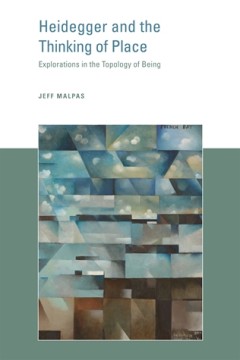
Heidegger and the Thinking of Place: Explorations in the Topology of Being
The philosophical significance of place—in Heidegger's work and as the focus of a distinctive mode of philosophical thinking. The idea of place—topos—runs through Martin Heidegger's thinking almost from the very start. It can be seen not only in his attachment to the famous hut in Todtnauberg but in his constant deployment of topological terms and images and in the situated, “placed�…
- Edition
- -
- ISBN/ISSN
- 9780262304139
- Collation
- -
- Series Title
- -
- Call Number
- -

Making Medical Decisions for the Profoundly Mentally Disabled
Today's suburban metropolitan development of single-family homes, shopping centers, corporate offices, and roadway systems constitute what Peter Rowe calls a ""middle landscape"" between the city and the country. Looking closely at suburban America in terms of design and physical planning, Rowe builds a case for a new way of seeing and building suburbia - complete with theoretical underpinnings…
- Edition
- 1
- ISBN/ISSN
- 9780262269810
- Collation
- -
- Series Title
- -
- Call Number
- -
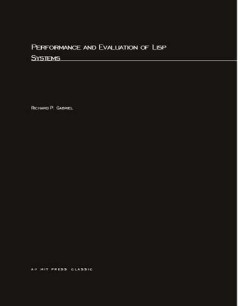
Performance and evaluation of Lisp systems
This final report of the Stanford Lisp Performance Study, conducted over a three year period by the author, describes implementation techniques, performance tradeoffs, benchmarking techniques, and performance results for all of the major Lisp dialects in use today. A popular highlevel programming language used predominantly in artificial intelligence, Lisp was the first language to concentrate …
- Edition
- -
- ISBN/ISSN
- 9780262256193
- Collation
- 1 online resource (xiv, 285 pages).
- Series Title
- -
- Call Number
- -
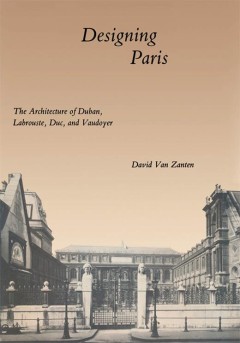
Designing Paris: The Architecture of Duban, Labrouste Duc, and Vaudoyer
Designing Paris explores the revolution in French architecture that began around 1830 under the leadership of Félix Duban, Henri Labrouste, Louis Duc, and Léon Vaudoyer. It shows how these four architects dominated their profession during the Monarchy of July and the Second Empire of Napoleon III, producing works of elasticity and brilliance not often associated with modern notions of the Fre…
- Edition
- -
- ISBN/ISSN
- 9780262368025
- Collation
- -
- Series Title
- -
- Call Number
- -
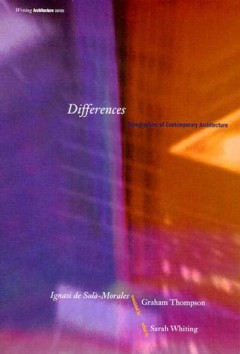
Differences: Topographies of Contemporary Architecture
Differences brings together ten essays written over the past decade by the distinguished Spanish architect and theorist Ignasi de Solà-Morales. Differences brings together ten essays written over the past decade by the distinguished Spanish architect and theorist Ignasi de Sola-Morales. Many of the essays have never previously been translated, and the author has provided a new introduction …
- Edition
- -
- ISBN/ISSN
- 9780262287012
- Collation
- -
- Series Title
- -
- Call Number
- -

Politics of Urban Runoff: Nature, Technology, and the Sustainable City
A study of urban stormwater runoff that explores the relationships among nature, technology, and society in cities. When rain falls on the city, it creates urban runoff that cause flooding, erosion, and water pollution. Municipal engineers manage a complex network of technical and natural systems to treat and remove these temporary water flows from cities as quickly as possible. Urban runoff…
- Edition
- -
- ISBN/ISSN
- 9780262298704
- Collation
- -
- Series Title
- -
- Call Number
- -
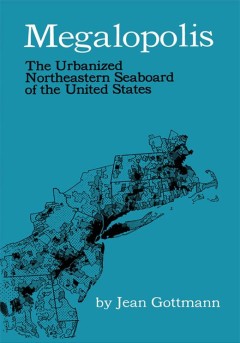
Megalopolis :
- Edition
- -
- ISBN/ISSN
- 9780262367936
- Collation
- -
- Series Title
- -
- Call Number
- -
- Edition
- -
- ISBN/ISSN
- 9780262367936
- Collation
- -
- Series Title
- -
- Call Number
- -
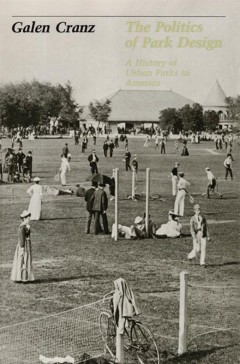
The Politics of Park Design: A History of Urban Parks in America
Galen Cranz surveys the rise of the park system from 1850 to the present through 4 stages - the pleasure ground, the reform park, the recreation facility and the open space system. Looking at both their physical design and social purpose, Cranz argues that city parks have become an instrument of social policy with the potential for reflecting and serving social values.
- Edition
- -
- ISBN/ISSN
- 9780262367868
- Collation
- -
- Series Title
- -
- Call Number
- -
 Computer Science, Information & General Works
Computer Science, Information & General Works  Philosophy & Psychology
Philosophy & Psychology  Religion
Religion  Social Sciences
Social Sciences  Language
Language  Pure Science
Pure Science  Applied Sciences
Applied Sciences  Art & Recreation
Art & Recreation  Literature
Literature  History & Geography
History & Geography